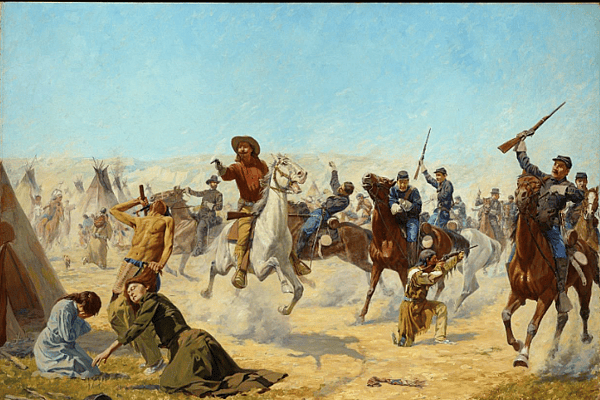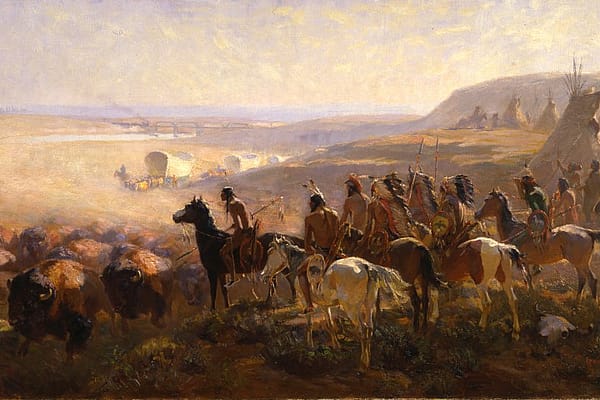
Part I: Beautiful, Daring Western Girls
“Beautiful, Daring Western Girls,” by Sarah Wood-Clark, former assistant registrar, was originally published in a 1983 Buffalo Bill [Center of the West] newsletter. This blog is the first post of two.
Adele Parker was a flamboyant and unconventional woman. She was a talented equestrienne who enjoyed a long career as a trick rider in vaudeville, Wild West exhibitions, movies and finally at her own ranch and riding school.
In 1907 she dared to don cowboy chaps and pose as a bandit with Buffalo Bill’s Wild West. She defied nearly every traditional expectation of Victorian womanhood. Perhaps it came naturally to her, for she was the daughter of another unconventional woman, also an accomplished horsewoman who owned and ran her own riding school.
Certainly it wasn’t always easy. Staunch individualists are usually rather lonely people. It must have been difficult for a woman performing in an exhibition which was described as “out and out and through and through the manliest exhibition of our day and probably all days since the birth of Adam.” (1907 Courier, Buffalo Bill’s Wild West).
It certainly took courage to face posters and other advertising media that depicted female performers as decorative elements, seldom noting the skills they possessed. Indeed, many newspaper ads and promotional articles were written in apologetic tones, explaining that these women did not totally deny their femininity. The New York World on July 7, 1900, carried an article about Lucille Mulhall and noted that not only could she ride, rope and shoot but also play the piano, recite poetry, and make mayonnaise dressing.
Lurid images of western women were also used to evoke sentiments against the hard life that forced them into such strenuous occupations. Postcards depicted tough women pointing guns at unseen foes. One newspaper reporter observed a Wild West cowgirl and described a person once pretty but weather beaten and overworked, not a surprising reaction considering certain types of exercise were considered harmful to women.
Financial gain was not what attracted women to the Wild West exhibitions and similar enterprises, although they were paid the same as their male peers. The transient lifestyle offered opportunities to travel, to compete with men, to gain public recognition and to be associated with the glamour of show business.
The Wild West exhibition offered occasions for a few women to fulfill personal needs that society generally did not recognize. Perhaps that explains the fact that a number of the female equestrian performers, though bills as western women, were from the East.
Written By
Michaela Jones
Michaela, a Cody, Wyoming native, is the Centennial Media Intern at the Center of the West for the summer of 2017. She recently graduated from the University of Wyoming with a bachelor's degree in English and minors in professional writing and psychology. She's interested in writing for digital spaces, producing social media content, and learning about technology's impact on communication. In her spare time, she enjoys reading non-fiction, exploring the mountainous Wyoming regions, and spending time with family and friends.










